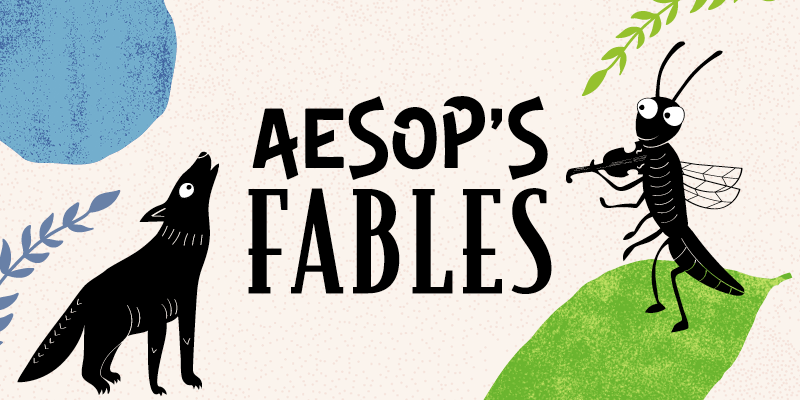
Say ‘HELLO’ to our brand-new, all-singing, all-smiling winter songbook. Whether you’re looking for feel-good New Year vibes, general songs of positivity, penguins, winter safety, hibernation, snowflakes or snowmen, we've got the lot! AND fabulous resources to go with them!
PSST - you can get all your singing ducks in a row for the year and grab Songs for EVERY Winter, Spring, Summer and Autumn Assembly with 4 for the price of 3!

At Out of the Ark we firmly believe that singing should be inclusive and accessible to all, and so we are proud to have recently added lots of new signing videos to our song catalogue. Here, our new British Sign Language interpreter Natalie Davies gives us an introduction to BSL, tells us how she got involved in it and why it is useful in schools.

Say ‘hello’ to this new series from the hit team that brought you our Class Assembly best-sellers. Assemblies are about to get more exciting with these 10-minute, story-based presentations from Aesop’s Fables, written to inspire your classes and help unpack and explore key topics and values. Get to know the first two in our series: The Ant And The Grasshopper and The Boy Who Cried Wolf.